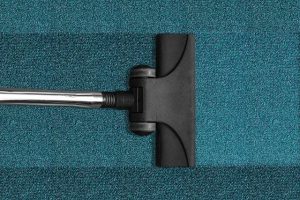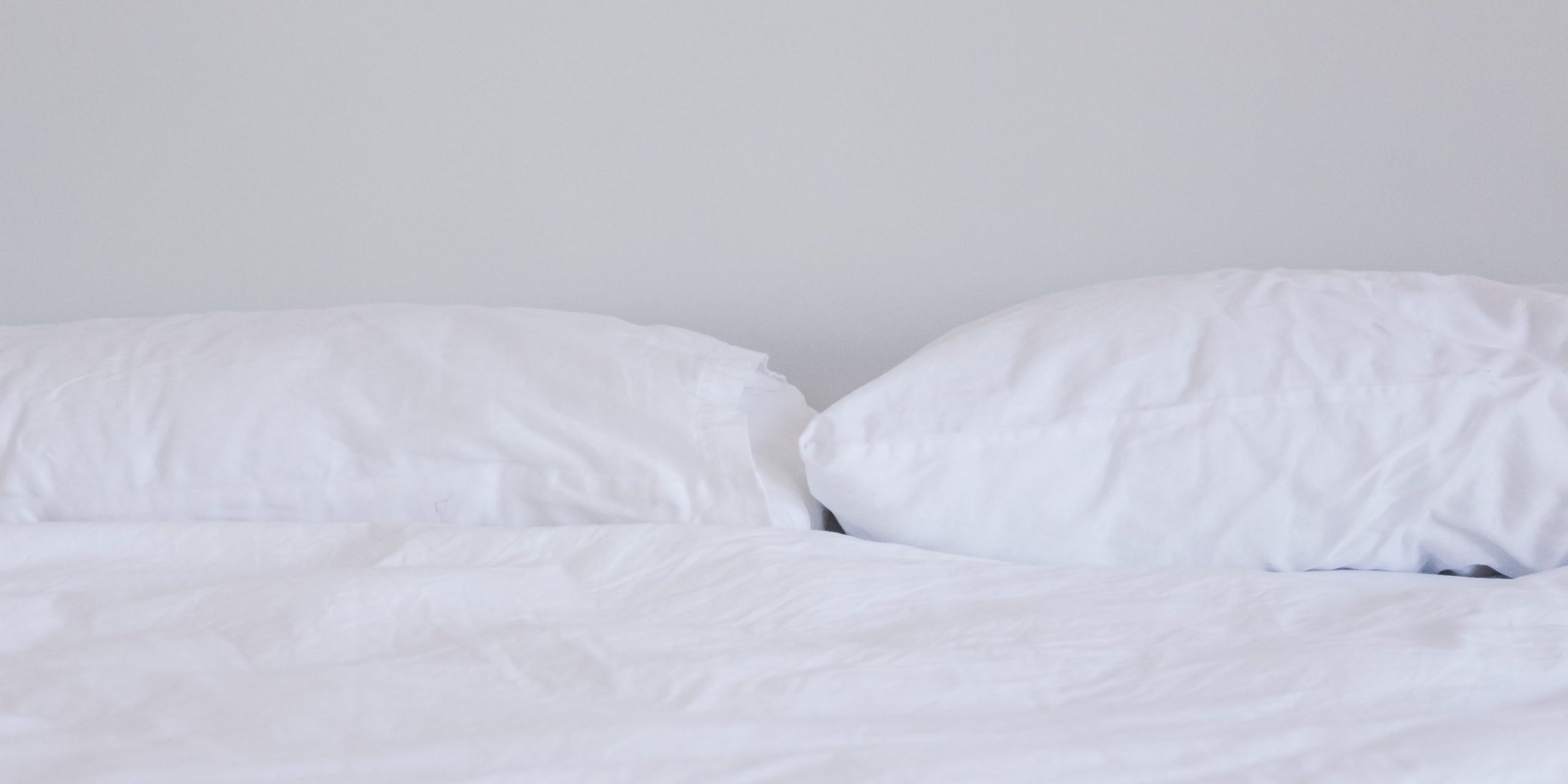How to Reduce Allergens in Your Home
If you want to allergy-proof your home, you have a lot of work ahead of you – but it is worth the effort.
Every room will benefit from improvements that protect against bugs, mould or pollen. If done correctly, however, you should see a significant reduction in allergy symptoms for a better quality of life and potentially an allergy-free home.
 The Bedroom
The Bedroom
Your bedroom is a good place to start while considering how to allergy-proof your home. Because we spend so much time in our bedrooms, this can become the perfect breeding ground for dust mites.
Your bedding which includes pillows, mattresses, sheets and quilts can harbour many allergens. Fortunately, you can allergy-proof your bedroom further by buying dust-mite-proof covers to protect bedding.
Washing your bedding at least once a week is also highly recommended.
Considering the purchase of synthetic materials are less likely to provide a home for dust-mites and bedbugs. You won’t have to worry about allergic reactions so much and many modern synthetic materials are actually designed to reduce common allergy symptoms.
 Flooring Materials
Flooring Materials
Another area to help allergy-proof your home are flooring materials.
Hardwood or linoleum provides several benefits for allergy sufferers. Carpets, on the other hand, provide a home for pests and allergens. Washable rugs offer a soft and comfortable material to walk on and you can put them in the washing machine once a week.
If you prefer carpet, opt for low-pile and exercise maintenance by vacuuming once a week. A small particle or high-efficiency particulate air (HEPA) filter will do a better job of keeping your carpet clean. Shampooing the carpet regularly will also help to eliminate harmful allergens.
 Curtains, Blinds & Windows
Curtains, Blinds & Windows
Another good consideration on how to get rid of allergens in your home are your curtains blinds and windows.
Cotton or synthetic materials are washable, which is a better option for individuals with allergies. A roller-shade is typically made from machine-washable material, whereas horizontal blinds require hand-washing.
If your windows or frames are damaged in any way, outside air may bring allergens into your home. Cleaning windows, frames and sills regularly will help but you may want to consider upgrading your windows to improve energy efficiency and keep allergens out.
 Furnishings & Clutter
Furnishings & Clutter
As you may already suspect, household items that are easily cleaned are the best defence against allergens. Chairs, dressers and other furnishings that are covered in smooth, non-porous materials are ideal. to further help remove allergens from your home, consider replacing these furnishings with items that are covered in leather, metal, plastic or coated wood.
All your ornaments and clutter will undoubtedly gather dust and allergens. Keeping these items in your home will only aggravate symptoms. One option for belongings such as old books and ornaments would be to have them displayed in glass cabinets to reduce any dust.
If items are valuable or have sentimental value, store them away to reduce exposure to symptom inducing allergens.
Fur Babies
It is surprising how many people who suffer from allergies who own animals that aggravate symptoms. For most pet owners, getting rid of much loved pets is not an option. However, you can take precautions to reduce risks.
Limiting access to living spaces is the first step you can take as a pet owner. Secondly, you should keep pets clean by bathing them once a week. Brushing regularly is also a good way to prevent allergies that are triggered by cat or dog hairs. Brushing outside while wearing a mask will help you avoid an allergic reaction.
Improve Air Quality
Good air quality is an important ally for allergy sufferers. Make sure that your air conditioning system, including vents and ducts, receive regular maintenance. If you have the budget to accommodate upgrading your air conditioner, it is definitely worth considering. Modern systems are designed to improve air quality and keep pollens out of the home.
Cleaning is the key to controlling most allergy symptoms. However, modifications to your home such as upgrading windows, doors, floors, or air conditioning can also help. If you are considering major renovations, you may need building inspections to make sure the work meets all relevant codes and standards.
We hope you found our tips on how to allergy-proof your home. For more helpful articles, read our blog
 How Can Houspect Northern Territory Help?
How Can Houspect Northern Territory Help?
Call Houspect in the Northern Territory if you are planning renovations, then a renovation inspection to allergy-proof your home is recommended. We can provide a professional report that will help keep you on the right track throughout the process.
Houspect Northern Territory also offers Building Inspections in Darwin and Surrounding Areas, pre-purchase building inspections in Darwin and Termite Inspections.







